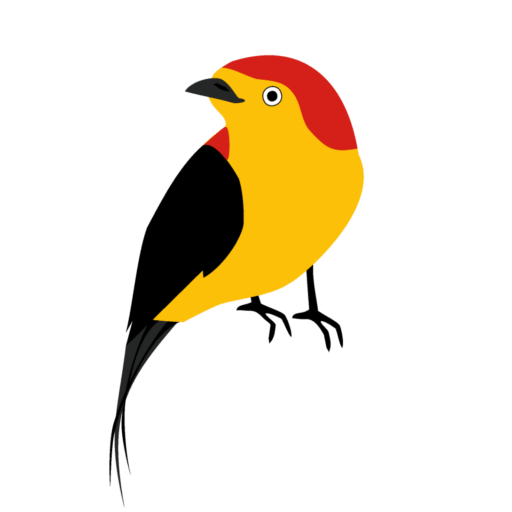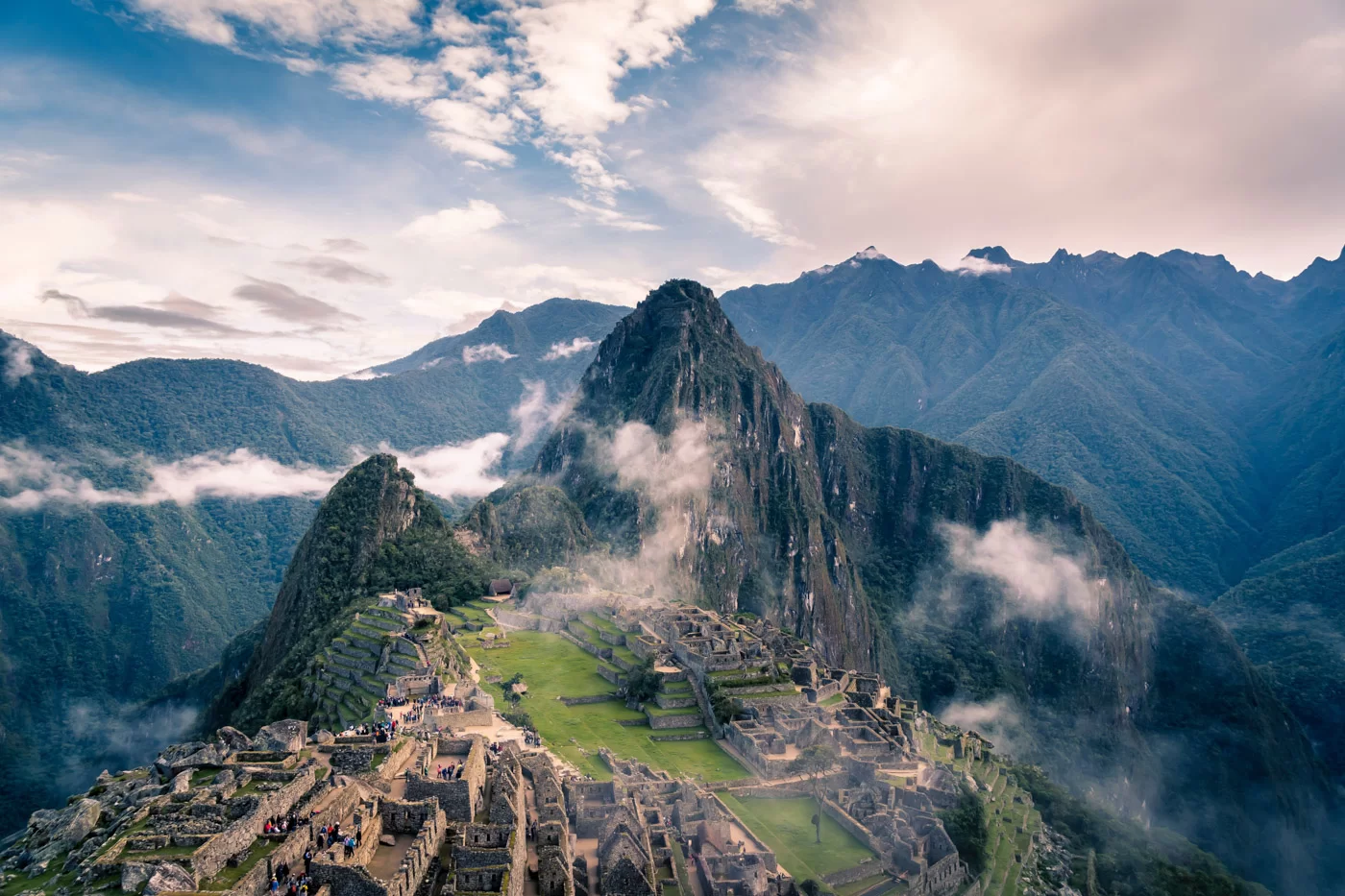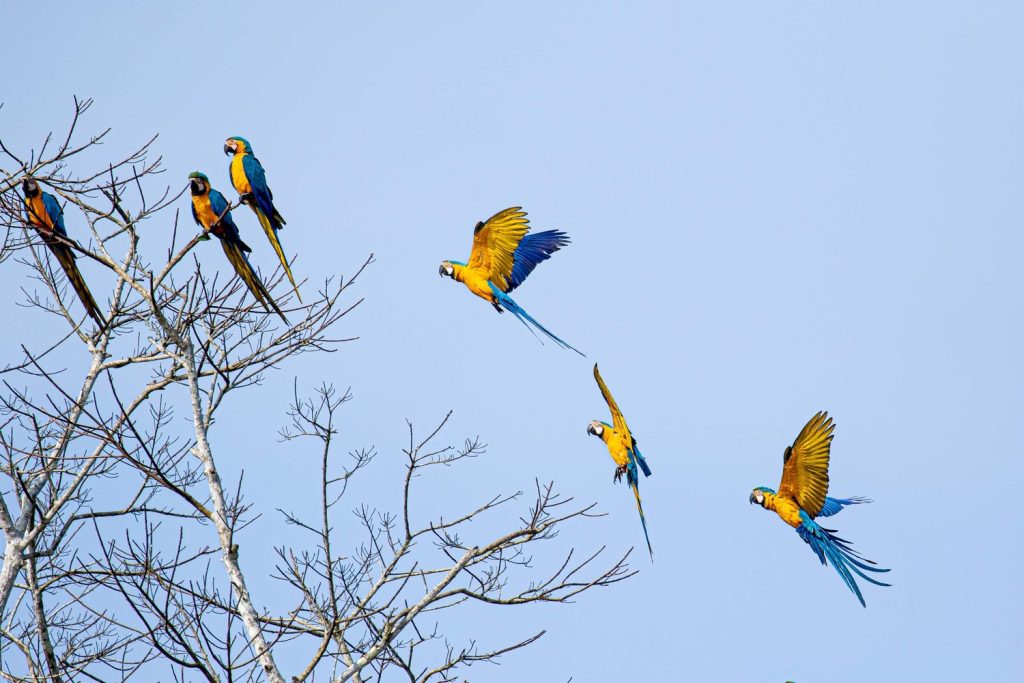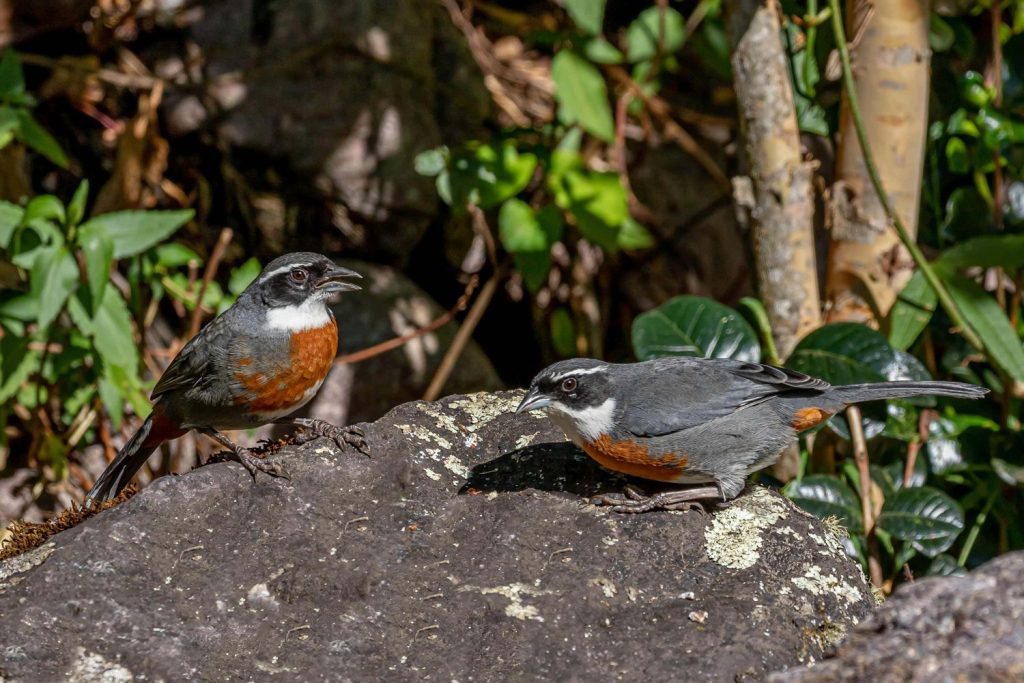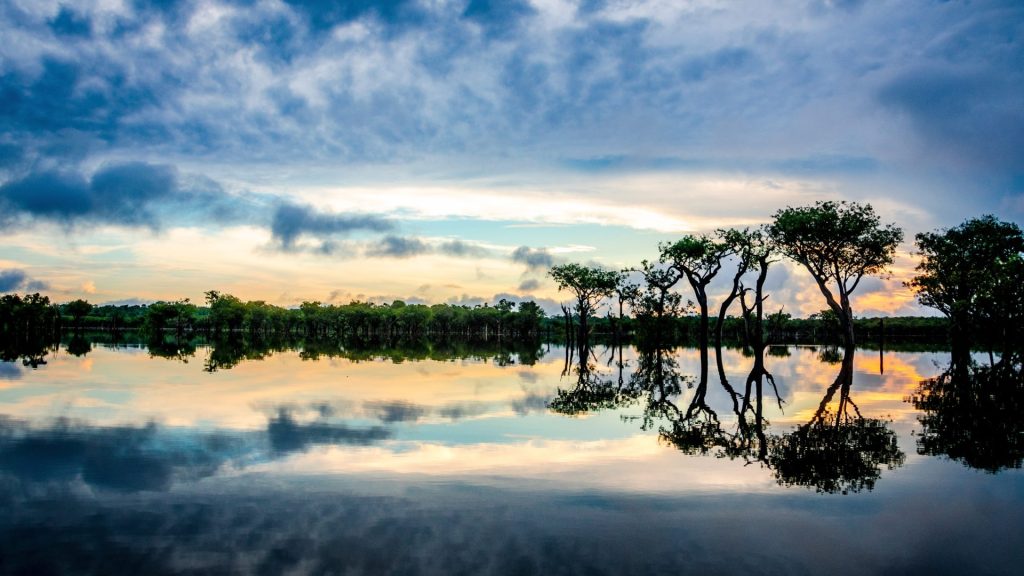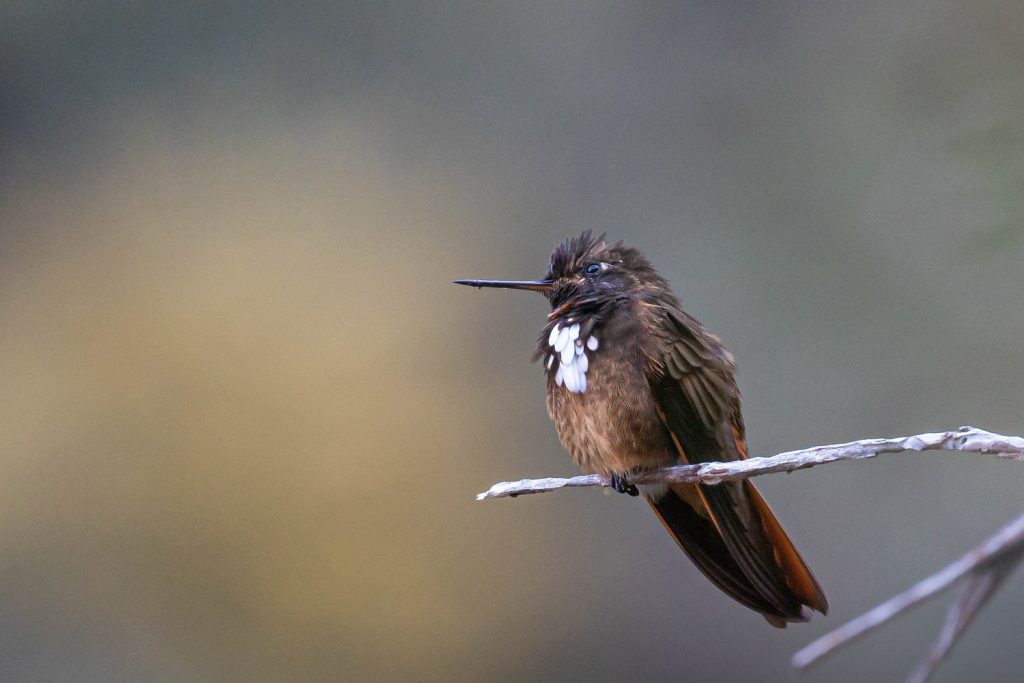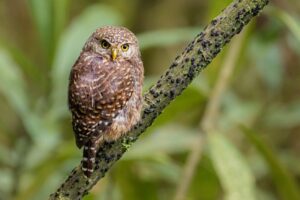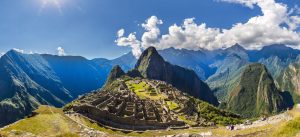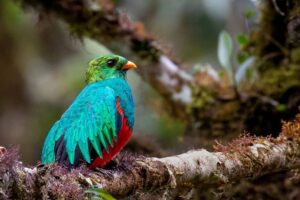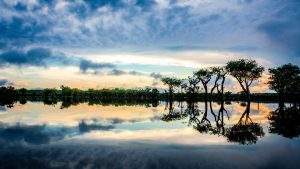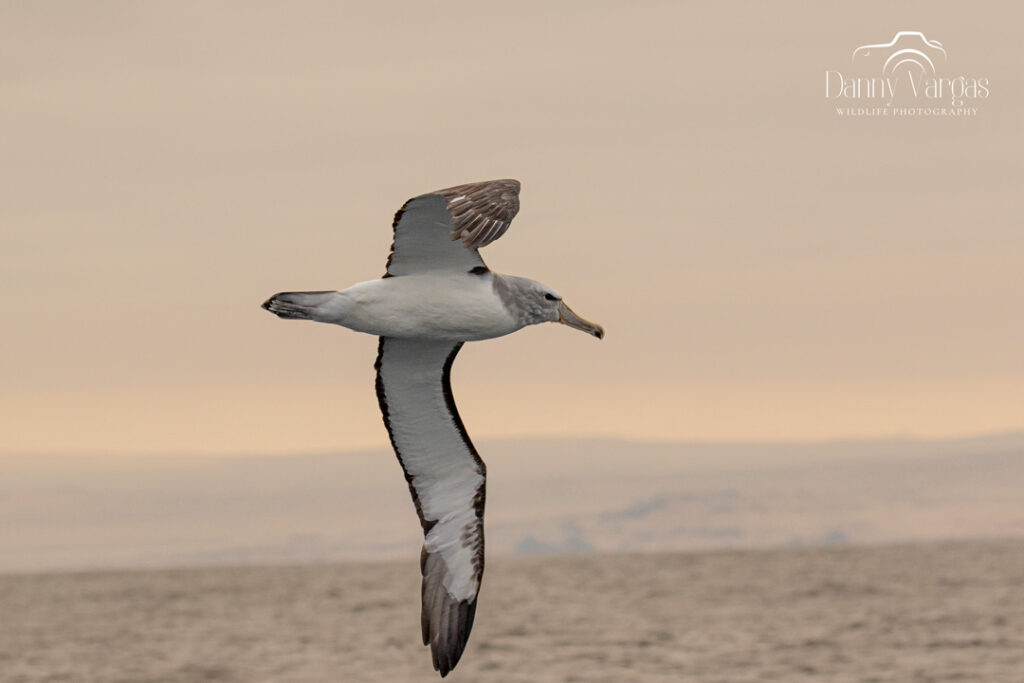If you are thinking about visiting Peru, it is important that you take into account the possibility of experiencing altitude sickness or soroche. Peru is a diverse and beautiful country, with a wide variety of landscapes and tourist attractions that include mountains, lakes, ancient ruins and colonial cities. However, many of these destinations are at a high altitude, which can cause uncomfortable and even dangerous symptoms if proper precautions are not taken. We here present an article fully dedicated to the altitude sickness.
Some places and cities in Peru where you can experience altitude sickness are:
- Cusco: is a tourist city famous for its proximity to the ruins of Machu Picchu and for being the ancient capital of the Inca Empire. It is located at an altitude of 3,400 meters above sea level.
- Puno: Located in the highland region of southern Peru, it is known for its beautiful Lake Titicaca. The city is located at an altitude of 3,800 meters above sea level.
- Arequipa: is a beautiful and colonial city located in the southern region of Peru. It is located at an altitude of 2,300 meters above sea level.
- Huaraz: Located in the Áncash region, it is a popular destination for hiking and mountaineering in the Cordillera Blanca. The city is located at an altitude of 3,100 meters above sea level.

It is important to keep in mind that altitude sickness can affect anyone, regardless of age or physical condition. Therefore, it is recommended that you take the time to acclimatize before doing strenuous activities. It is also a good idea to consult with a doctor before traveling to these high altitude areas.
What is altitude sickness?
Altitude sickness, also known as mountain sickness or altitude hypoxia, is a medical condition that can occur when climbing to high altitudes, especially above 2,500 meters. The decrease in atmospheric pressure at high altitudes causes the air to contain less oxygen, which makes it difficult to breathe and can cause a number of symptoms.
What are the symptoms?
The symptoms of altitude sickness can vary in intensity and how they affect each person, but some of the most common symptoms include: Headache: This is one of the most common symptoms and can range from mild to severe.
- Dizziness: Feeling dizzy or disoriented is another common symptom.
- Nausea: Some people may feel nauseous or even vomit due to altitude sickness.
- Fatigue: It may be difficult to stay active or do activities that would normally be easy due to fatigue.
- Shortness of breath: Breathing may feel harder or heavier due to the high altitude.
- Insomnia: Also a common symptom of altitude sickness, the body may have difficulty adapting to changes in the environment and it may be difficult to get a good night’s sleep.

Types of altitude sickness?
There are three types of altitude sickness, which are:
- Acute mountain sickness (AMS): This is the most common type of altitude sickness. AMS symptoms may appear between 6 and 10 hours after reaching altitudes above 2,500 meters. Symptoms may include headache, fatigue, dizziness, nausea, poor appetite, insomnia, and difficulty breathing.
- High altitude pulmonary edema (APE): A serious complication of altitude sickness that occurs when the body cannot adequately adapt to the lack of oxygen at high altitudes, this condition causes your lungs to fill with fluid. Symptoms of EPA can include shortness of breath, dry cough, extreme fatigue, and fever. EPA can be fatal if not treated in time.
- High-altitude cerebral edema (ACE): This is another serious complication of altitude sickness that occurs when there is a buildup of fluid in the brain. Symptoms of ACE may include severe headache, vomiting, confusion, seizures, and loss of consciousness. Like EPA, ACE can be fatal if not treated immediately.
Coffee, coca tea for altitude sickness?
It is believed that coffee or the famous coca tea can help relieve the symptoms of altitude sickness, also known as acute mountain sickness (AMS). AMS is a disease that can occur when a person climbs to high altitudes without giving their body enough time to adapt.
Coffee and coca leaf can help in this case due to their caffeine content, which can act as a stimulant for the central nervous system and increase heart rate and breathing, which can help temporarily relieve some of the symptoms. of the MAM.
However, it is important to note that caffeine can also have negative effects on the body, especially if consumed in large quantities. Excessive coffee consumption can increase anxiety and heart rate, which can worsen AMS symptoms. Additionally, caffeine can also have diuretic effects, which can increase urination and dehydration.
So it is always best to stay hydrated.
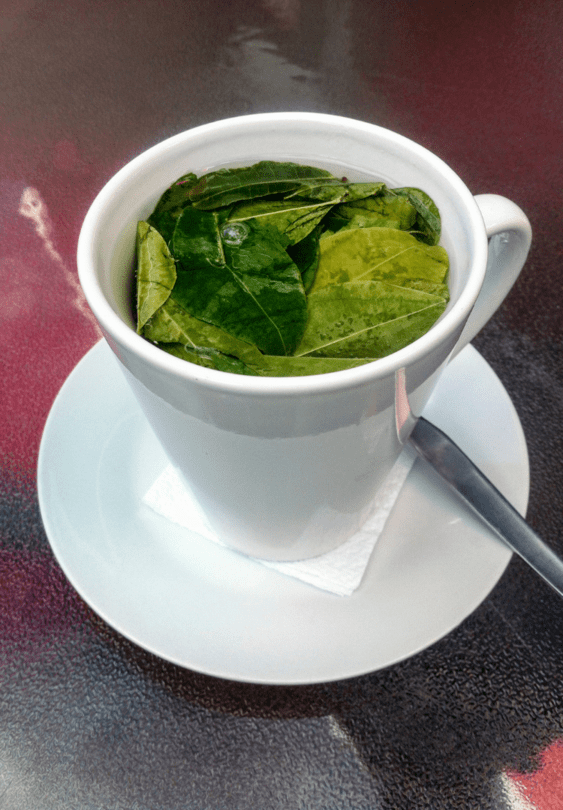
How to avoid altitude sickness in your trip to Cusco and Machupicchu
Cusco, Peru is one of the most touristic cities in South America and is famous for its incredible Incan ruins and impressive colonial architecture. However, Cusco is located at an altitude of 3,399 meters above sea level, which means that many tourists can experience altitude sickness. Here are some recommendations to avoid altitude sickness and enjoy your trip to Peru to the fullest:
- Gradual acclimatization: Try to gradually acclimatize to the altitude before starting your adventure as in cities like Cusco, Puno, Arequipa. This may mean arriving a day early and spending time in a city at a lower altitude.
- Hydration: Stay hydrated by drinking plenty of water and avoid alcohol and coffee. Dehydration can worsen altitude sickness symptoms.
- Diet: Eat foods rich in carbohydrates and avoid fatty and spicy foods, which can worsen the symptoms of altitude sickness.
- Rest: Get enough rest and avoid strenuous activities the first days after arriving in cities like Cusco, Puno, Arequipa. Medication: If you experience mild symptoms of altitude sickness, such as headache and fatigue, you can take medications such as acetaminophen or ibuprofen to relieve symptoms (always with a doctor’s consultation).
- Avoid hiking difficult trails too quickly: If you plan to hike or tour at higher altitudes, do so gradually and give yourself time to acclimatize before continuing to climb.

Therefore, with a combination of gradual acclimatization, hydration, proper nutrition, rest, and medication, you can minimize the effects of altitude sickness and fully enjoy your trip in Peru.
What to do if I already have altitude sickness in the middle of the hike?
If you are in the middle of hiking on well-known tours in Peru such as: the 7-color mountain, the Inca trail, the Colca canyon, the city of Cusco, Puno, Arequipa, Huaraz and you have symptoms of altitude sickness, it is important that you take Immediate measures to prevent symptoms from worsening. Here are some things you can do:
- Rest: If you have symptoms of altitude sickness, it is best to rest and let your body adapt to the altitude.
- Hydrate: Drink plenty of water to help combat altitude sickness symptoms.
- Eat light foods: Avoid heavy foods that can make digestion difficult.
- Oxygen administration: Having your tour guide administer oxygen to relieve the symptoms of altitude sickness.
- Descend: If symptoms persist or worsen, consider descending to a lower altitude to allow your body to recover.
The importance of traveling with a tour agent?
Traveling to high altitude places in Peru can be an incredible experience, but it can also have its challenges, such as altitude sickness, traveling with a reliable travel agency can have several important advantages in this regard.
Firstly, travel agencies usually have experience and knowledge about the destination, so they can offer useful advice on how to prevent and treat altitude sickness and assist with health problems. Having someone who can help resolve these issues can make the trip safer and smoother.
In these high altitude destinations, tour guides are prepared with oxygen, radios in low signal locations for any communication that requires an emergency.

Altitude sickness myths
Although altitude sickness is a real condition, there are also many myths and rumors circulating about it. Here are some warnings about altitude sickness myths:
- Altitude sickness affects everyone:
- Many people believe that everyone will experience altitude sickness if they visit a high-altitude city, but this is not true. Some people are more likely to experience altitude sickness symptoms than others.
- Alcohol and coffee will help you wth altitude sickness:
- Many people believe that drinking alcohol or coffee will help prevent altitude sickness, but in reality, they can worsen symptoms by causing dehydration.
- There is a miracle cure:
- There is no magic solution or pill that can prevent or cure altitude sickness. The best way to prevent symptoms is to acclimatize gradually and stay hydrated. Also, it is not necessary to wait a day before exercising. Many people believe that they should wait a day before exercising after arriving in a high-altitude city, but this is not necessary. However, it is important not to do strenuous exercise the first few days after arriving.
- All symptoms are the same:
- The symptoms of altitude sickness can vary from person to person, so there is no need to worry if you don’t experience all of the common symptoms.
- Coca tea will take away altitude sickness:
- Coca tea is a traditional drink in South America and is believed to help combat the symptoms of altitude sickness, but there is no scientific evidence to support it, and it has a very similar effect to coffee.
- The Florida Water will take away your altitude sickness:
- It is believed to have healing properties, but there is no evidence that it helps prevent or cure altitude sickness. Florida water has as its composition alcohol and some local herbs with a rich aroma, so smelling it can worsen the symptoms of altitude sickness, since alcohol is a depressant of the central nervous system that can affect the body’s ability to adapt to the altitude.

